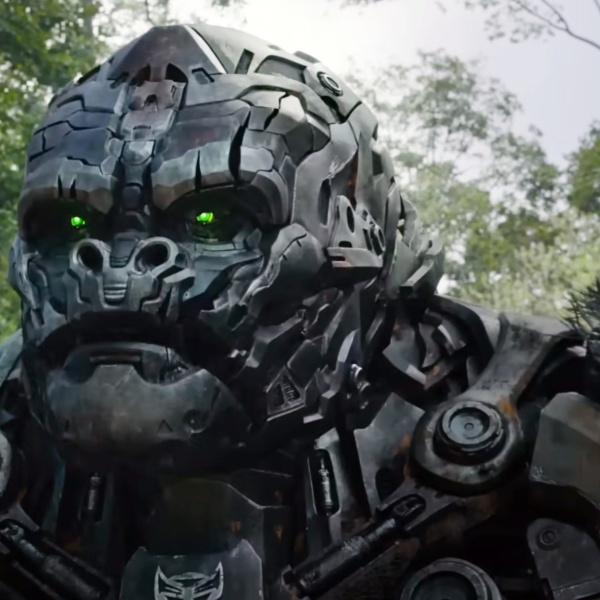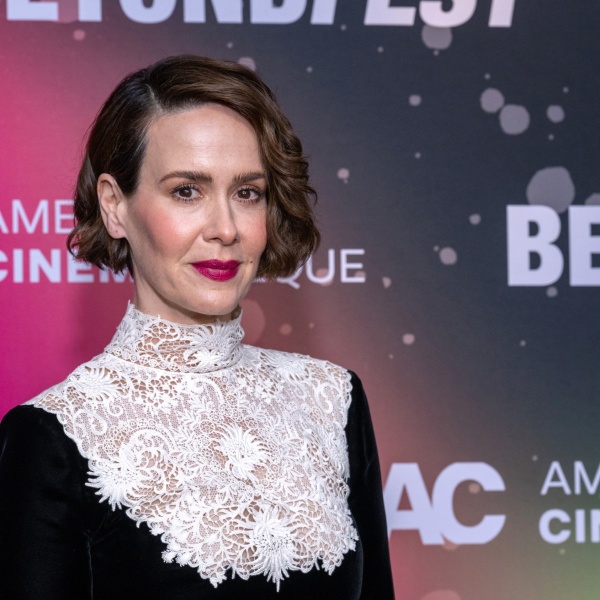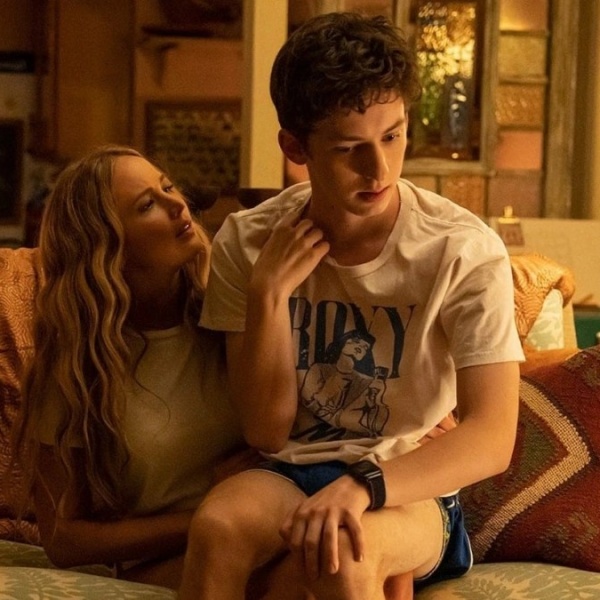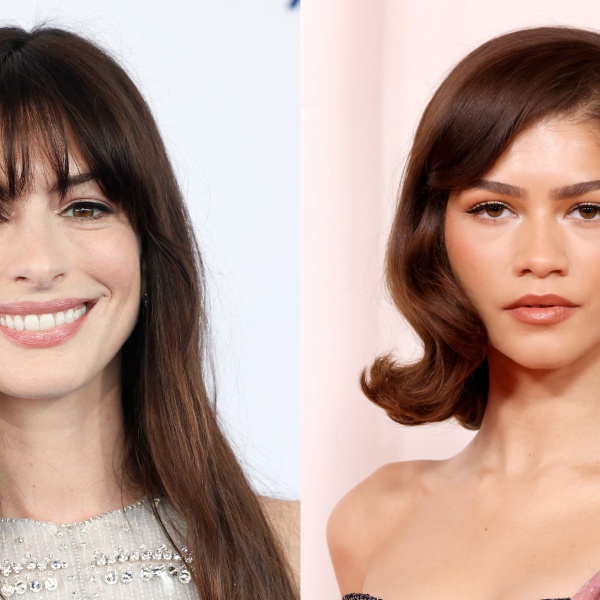
Of the myriad of pleasures to be hand from this weekend’s outstanding “Winnie the Pooh” is to see the classic characters that you’ve grown to know and love, living and breathing once more – in traditional, hand-drawn animation, no less! Since computer animated films have taken over the multiplexes (keep in mind that Walt Disney Animation shuttered its hand-drawn animation division for five whole years in the mid-aughts), the crews making these films are smaller but completely star-studded – every character in “Winnie the Pooh” is brought to life by a certifiable legend.
One of those legends is Eric Goldberg, who made a splash to most audiences as the animator of Robin Williams‘ irrepressible Genie in the smash hit “Aladdin” (a process which saw him animating more frames-per-minute on the character because of Williams’ motor-mouth delivery). Goldberg went on to animate the pudgy centaur Phil in “Hercules” and the jazz-loving alligator Louis in “Princess and the Frog,” as well as co-directing “Pocahontas” and overseeing two outstanding segments of the largely forgotten “Fantasia 2000” (yes, he did that jaw-dropping Al Hirschfield-inspired “Rhapsody in Blue” number). For “Winnie the Pooh” he took on a mainstay – Pooh’s neurotic buddy Rabbit. We spoke to him about the differences between his Rabbit and previous incarnations, the unlikely inspirations for Rabbit, and what exactly happened on Joe Dante‘s “Looney Tunes: Back in Action.”

Goldberg was tasked to take on Rabbit, he says, because the filmmakers “wanted Rabbit’s comic potential to be upped somewhat.” (It was not something he campaigned for.) His partner-in-crime, on a performance level, was Tom Kenny, best known for voicing Spongebob Squarepants, and the two had very different approaches to their characters.
To answer the question – “How do I make the character uptight and persnickety?” Goldberg says that for Kenny, “his cue was Jack Lemmon in ‘The Odd Couple.’ So he was doing Felix Unger. I thought it was an interesting hook.” But Goldberg had a slightly different approach. “For my part, my cue was John Cleese playing Basil Fawlty because that character is so great at frustration humor.” He added an additional inspiration for when Rabbit is really upset – “He’s Richard Nixon. If you look at that stuff when his brow is straight across his eyes, I’m channeling Richard Nixon.” 
When it came to the legacy of the character, though, he says, “On the one hand, you had to be faithful to what had come before in terms of what had come before with the character’s personality. But on the other hand we were given a certain amount of license, and I’ll credit John Lasseter with that.” Lasseter’s instructions: “He was looking at some early animation tests that we did and he said, ‘You know what, the old guys were great. And you guys are great too.’ And he gave us license to make it our generation’s version of these characters, so it’s not just constantly looking over our shoulder.” (He describes all of the characters as the “slightly blitzed version of themselves.”)
But as amazing a renovation as “Winnie the Pooh” was, Goldberg also worked on Joe Dante’s “Looney Tunes: Back in Action.” Both films had similar goals – the reintroduction of familiar but possibly stale characters to a larger, more modern audience. He talked to us about the fascinating failure, which saw the classic cartoon characters intermingling with a C-grade human cast led by Brendan Fraser and Jenna Elfman. “Joe Dante and I both saw eye-to-eye. We both loved the Warners cartoons. We were both friends with Chuck Jones. Largely the reason for us to do it was that we loved the original material so much. [dramatic pause] But we had five producers on it and none of them could agree. And the content of the movie is all over the map and that’s why it doesn’t hang together.” Still, he says, he’ll be proud of his animation work (he also voiced several characters) “until his dying day.”
Goldberg, a director in his own right, got to oversee the amazing chalk sequence in “Winnie The Pooh” which he got a crack at after other animators had taken stabs at the material, that includes a lengthy musical number that sets up the mythical beast “The Backson,” and failed to impress. “One big change that I made early on was that earlier storyboards had them cutting back out to other characters in Owl’s house singing and reacting to what Owl was drawing on the chalkboard. So I thought, well, once they’re in chalk world, let’s stay in chalk world!” He achieved the chalk look by having the animators draw with fat markers and then manipulating those lines in Photoshop to look like chalk. Later, the effects guys added the chalk crumbling or kicking off dust, which added to the illusion.
He says he technically directed the “Backson” chalk sequence but when asked if he’d like to stay a Supervising Animator or return to directing, he said, “It’s a question of whether you like being in front of the camera or behind the camera – and I like both.” Later, he elaborated on the differences: “I love the big picture stuff and I love working with the crew to try to get that stuff on screen and I love the jollies of performing and getting a character’s performance out well.”
At the end of our conversation, while he wouldn’t tell me what he was guarded about what he’s working on next, he said, “Right now we’re doing some experimental stuff – we have projects in development, we’re talking about films that will stylistically blend hand drawn and computer animation.” When we asked if he was worried that the film’s financial haul, if insubstantial (which it could very well be, opening up against “Harry Potter and the Deathly Hallows Part 2”) would jeopardize the hand-drawn animation unit, he told us (with some confidence): “No, and I think John Lasseter will always be supporting it as well. He comes from here. He likes this stuff as much as we do.” Whew!
“Winnie the Pooh” opens today.



